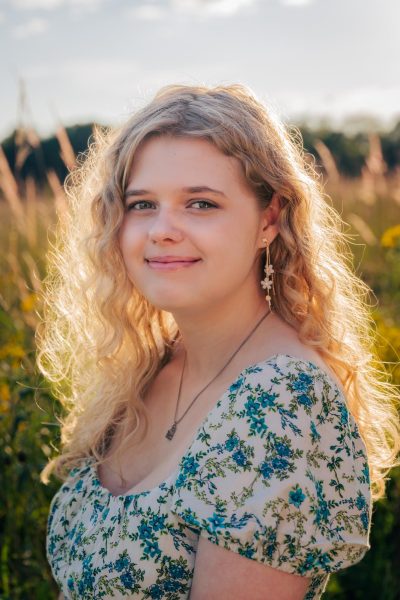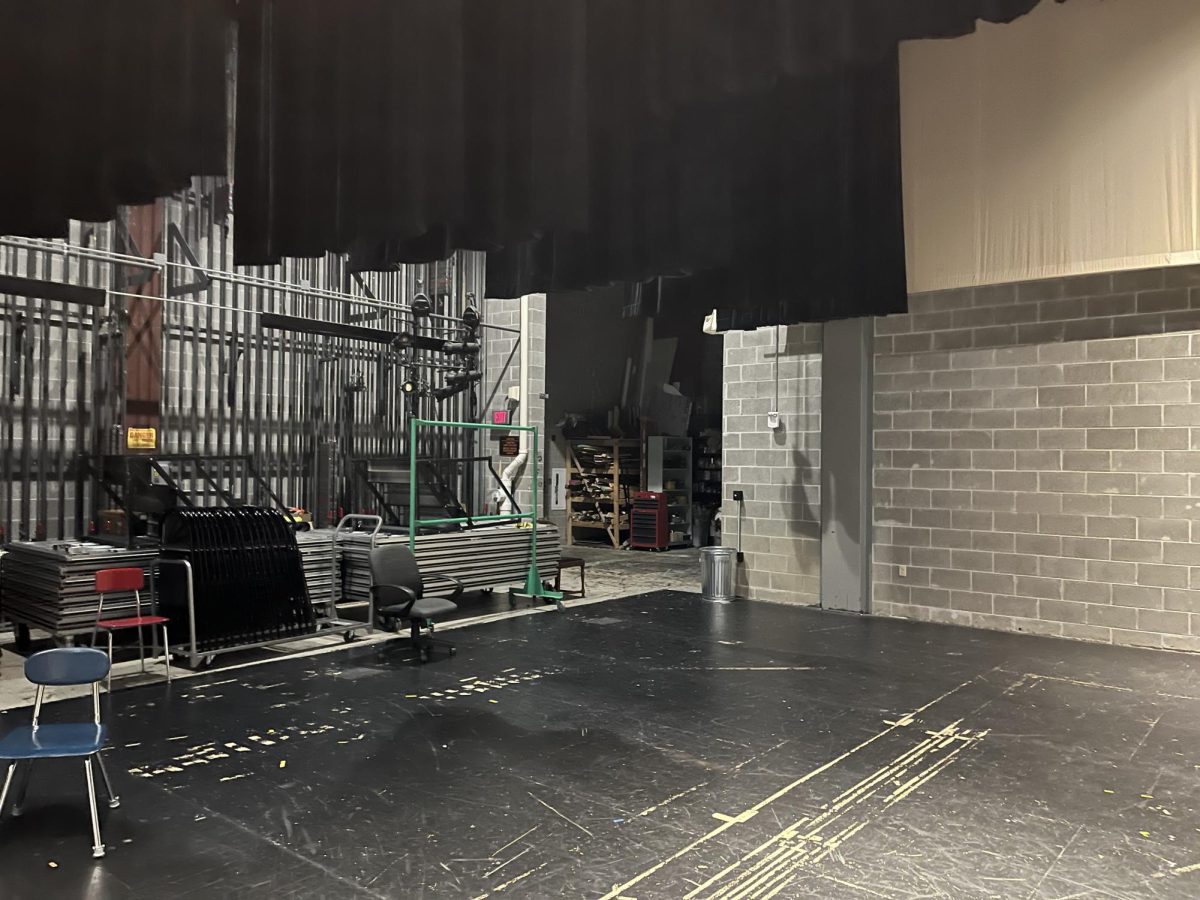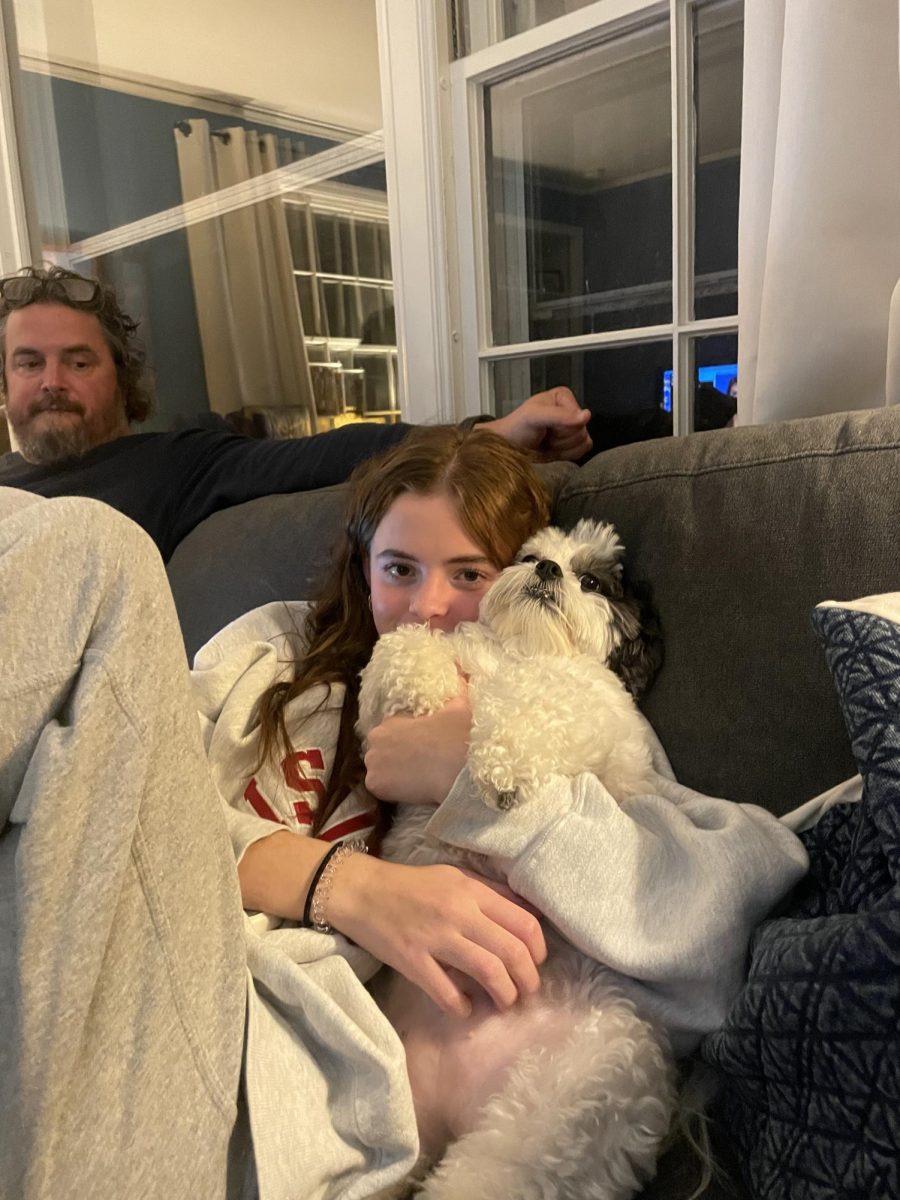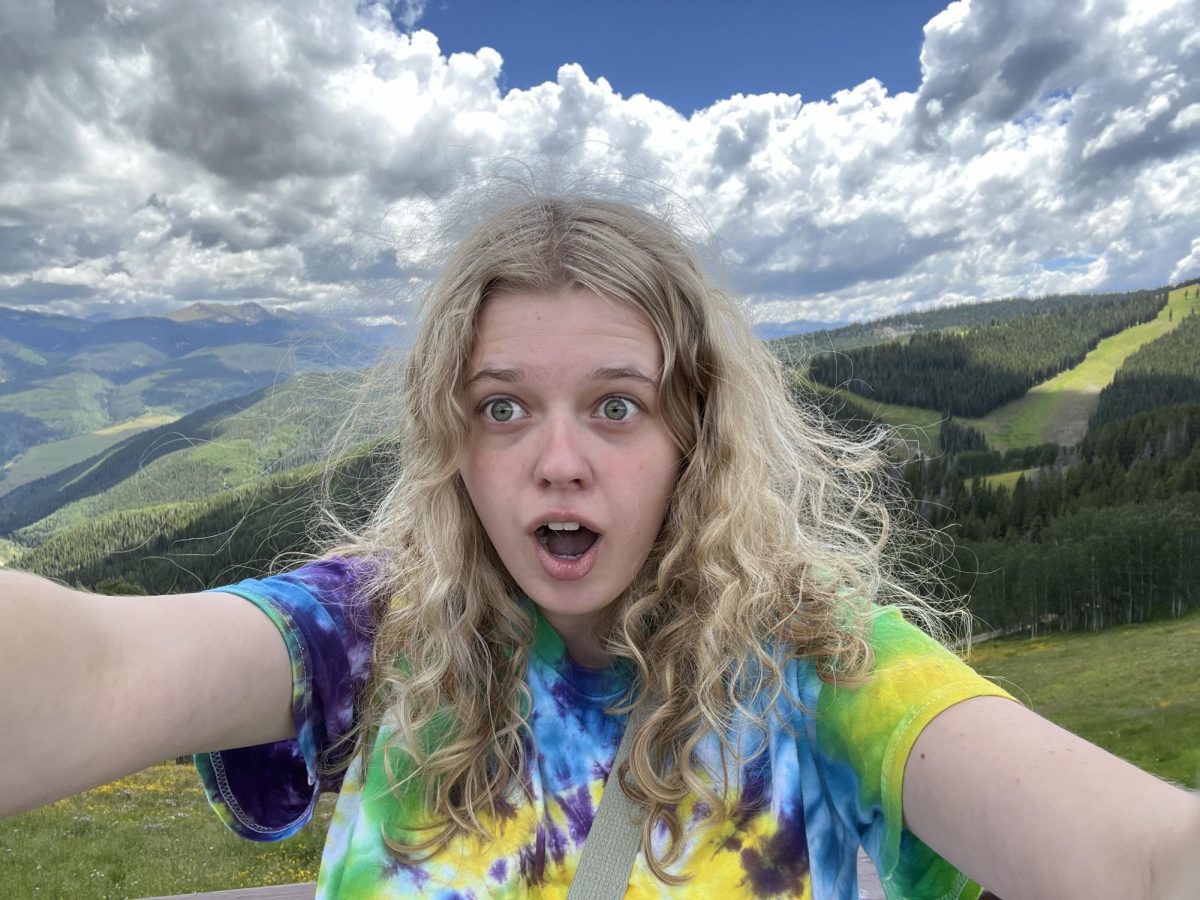The Stoughton High School performs many musicals throughout the school year, some of which SHS students might have even gone to see before. They might recall there being a few days out of the school year of 22-23 where people buzzed about the shows for a bit, or maybe they knew a person performing in it and they mentioned it every chance they got. While it may not surprise a person who goes to those shows that there’s more than just the actors who sing on stage, they might be interested in the amount of time that goes into it.
Choosing the musical is the first step in the process. For a fall performance, this choice is decided sometime back in January or February. It is a long process for the director of the show, DeeDee Bouzek, to read through scripts and decide the best fitting piece for the actors. While not technically decided yet, many previous members will return to the productions. The next step is purchasing the rights to the show and renting out scripts.
“After I’ve decided, I read the musical work a couple of times. I see if there’s anything online. As far as, you know, any versions online,” Bouzek says.
If there are any versions online, she’ll watch and familiarize herself with them. That’s the last time she’ll take in any official online versions.
Next, Bouzek and Natalie Norlin, assistant director, prepare for auditions by reaching out to the choir kids and posting about auditions online. For the fall performance, auditions are usually held in May or early June. Once Bouzek and Norlin decide, things quiet down until school begins again. Then begins practice every week.
“Rehearsals usually run from Sundays to Thursdays, [and] are right after school. Then on Sundays, they run from one to three,” Norlin says.
Norlin is in charge of choreographing the show and helping out wherever else she’s needed. Along with her choreography comes music, which Ryan Casey, SHS’ choir teacher, has a hand in.
“So this week, on Monday, it was just music after school from 3:45 until about 5:15. We did three songs. Just note pounding, learning some rhythms, learning notes. Then the next day, I have two songs that I’m teaching after school that’ll probably start at 3:45 until five or so,” Casey says.
This process is repeated until a few weeks before the performance. With pressure building before the big moment, practices become rehearsals. Rehearsals grow longer and take over more days after school and on weekends. Even though they will perform in front of a large audience soon, there’s less anxiety than someone would expect for something drawing a large crowd.
“At that point, if we haven’t [practiced] and we don’t know our lines and our music and our choreography, what are we doing, right? So it’s usually pretty relaxed. Everyone’s usually just really excited to do it in front of an audience and hear […] the reactions that they get,” Norlin says.
Then comes the night of the performance. There are a couple of warmups which involve vocal stretches and acting. There’s nothing left to learn, so it’s largely a way to “hype up” the performers before they’re about to go onstage. With makeup and costumes done, the curtains rise, and the show begins.
Categories:
Who Makes the Show Go On?
0
More to Discover
About the Contributor

Naomi Matthiesen, Associate Editor-in-Chief & Website Manager
Naomi is a senior, and this is her third year on staff! She is this year’s associate and the website manager. She joined the Norse Star because it was a cool publication that she wanted to be a part of, and she loves writing. Besides the Norse Star, she’s in art club,book club and environmental club. Naomi enjoys math and stem-related activities, and she is interested in a variety of creative fields, such as reading, writing, drawing, and baking! After high school, she wants to enter a science-related field but preferably chemistry!







